The Rise of Halal-Conscious Co
From hunting for halal chicken in a small shop to dining in plazas with over 100 halal…
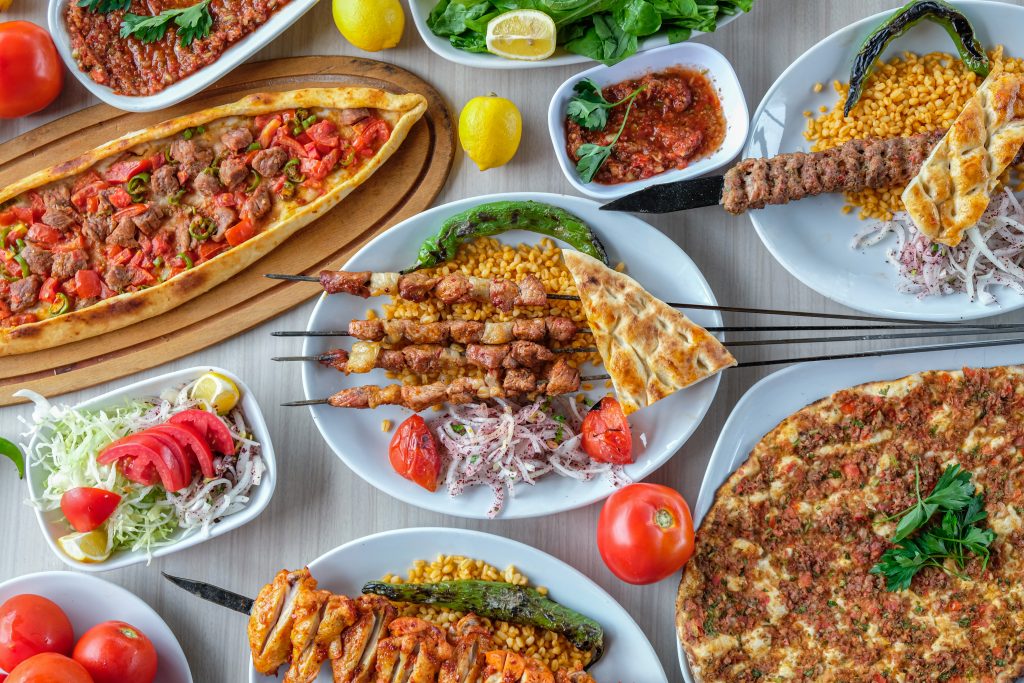
What if a single meal could transport you across continents and centuries?
In Turkish cuisine, every bite is a journey. Rooted in the grandeur of the Ottoman Empire and shaped by flavors from Central Asia, the Mediterranean, and the Balkans, Turkish food is a cultural experience as much as it is a delicious one. Whether you’re enjoying breakfast with family or dinner at a Turkish restaurant in Canada, each dish tells a story—of tradition, hospitality, and deep connection.
Turkish cuisine didn’t evolve in isolation—it was born at the crossroads of an empire. For over 600 years, the Ottoman Empire blended the culinary secrets of Central Asia, the Balkans, and the Middle East, giving birth to one of the world’s most refined food cultures. This artistry was perfected in the palace kitchens, and it was here that one of Turkey’s most iconic dishes, Hünkar Beğendi, was born. Legend says the dish—a velvety purée of smoky eggplant topped with tender, slow-cooked lamb—was created for Sultan Abdülaziz. The Sultan wasn’t just impressed—he was enchanted.
This artistry was perfected in the palace kitchens, which were laboratories of flavor. It was here that one of Turkey’s most iconic dishes, Hünkar Beğendi (“The Sultan Liked It”), was born. Legend says the dish—a velvety purée of smoky eggplant topped with tender, slow-cooked lamb—was created for Sultan Abdülaziz to impress the visiting Empress Eugénie of France. The Sultan didn’t just like it; he loved it, and a royal classic was born.
Over time, the secrets of the palace kitchens spilled into the public, transforming everyday meals. Dishes once reserved for royalty, like intricate dolma (stuffed vegetables) and flaky börek (savory pastry), became beloved staples. Today, whether you’re eating a kebab from a street cart or enjoying a meal in a family home, you are tasting a recipe shaped by centuries of movement, migration, and memory.
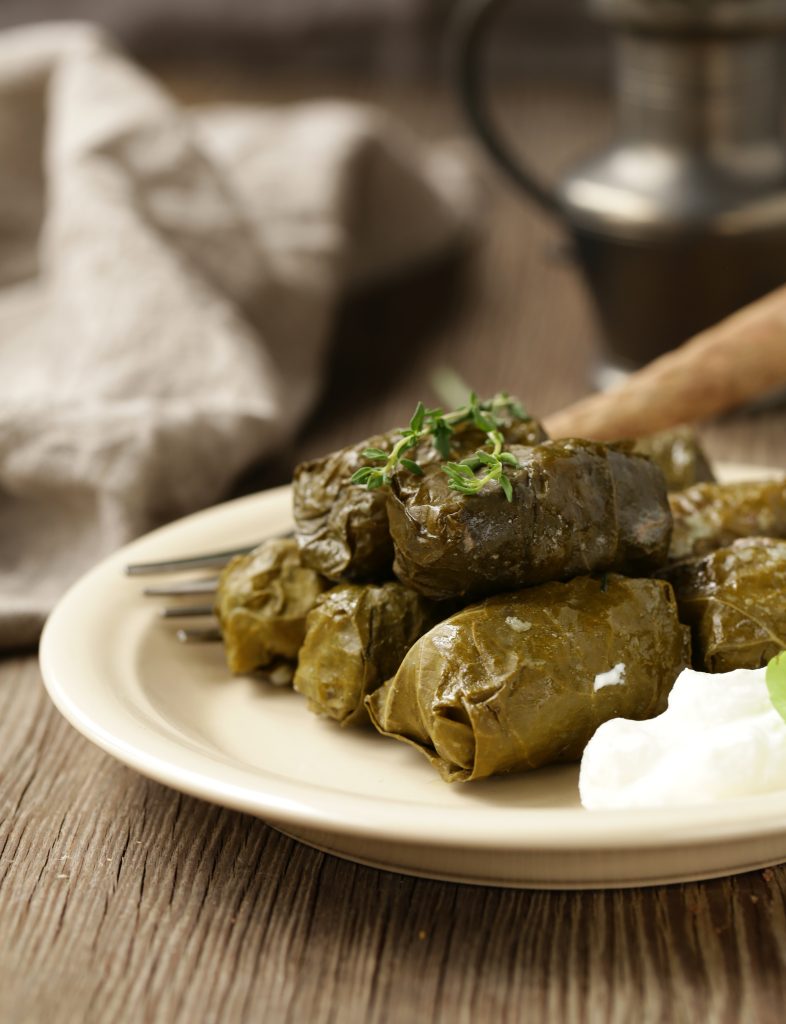
Turkish cuisine is a mosaic of flavors, and its most beloved dishes reflect the diversity of regions, climates, and cultures that shaped them. Whether cooked at home, served in a bustling market, or plated in a fine restaurant, each meal tells a story of place and tradition.
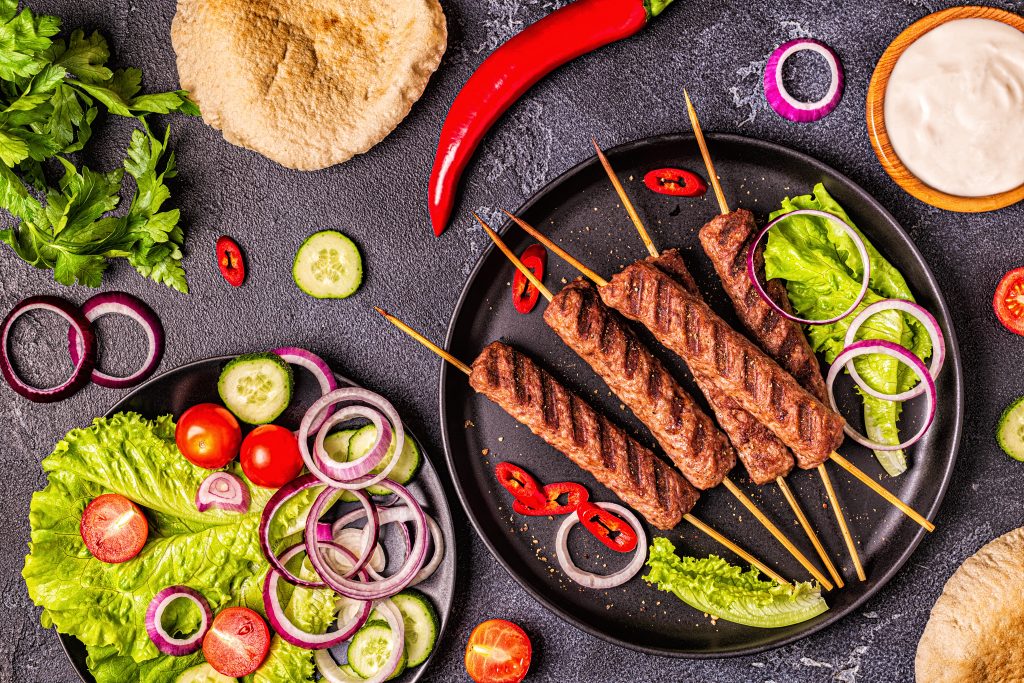
Let’s start with the heart of the Turkish table: kebabs. From the spicy Adana kebab of the southeast to the milder Şiş kebab grilled on skewers, these meat dishes aren’t just popular—they’re practically sacred. Each region has its own twist, but all share one common trait: fire, patience, and bold seasoning.
Next come the meze—small plates that are meant for sharing. Creamy hummus, smoky baba ghanoush, tangy haydari, and vibrant ezme (a spicy tomato salsa) form a colorful and flavorful start to any meal. Served with warm flatbread, meze is less of an appetizer and more of a social ritual.
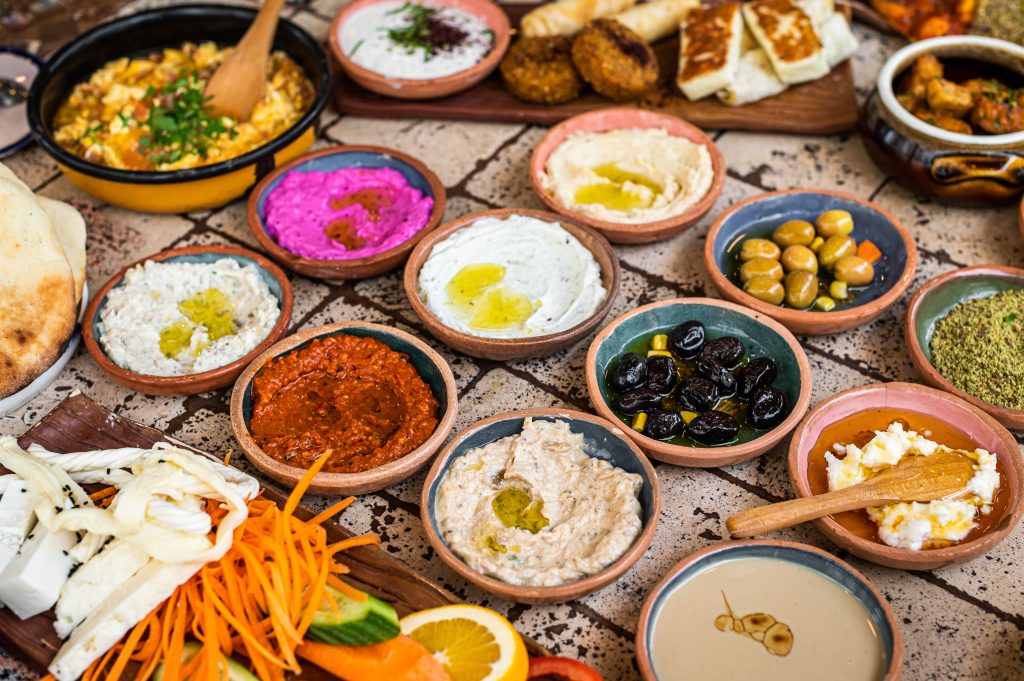
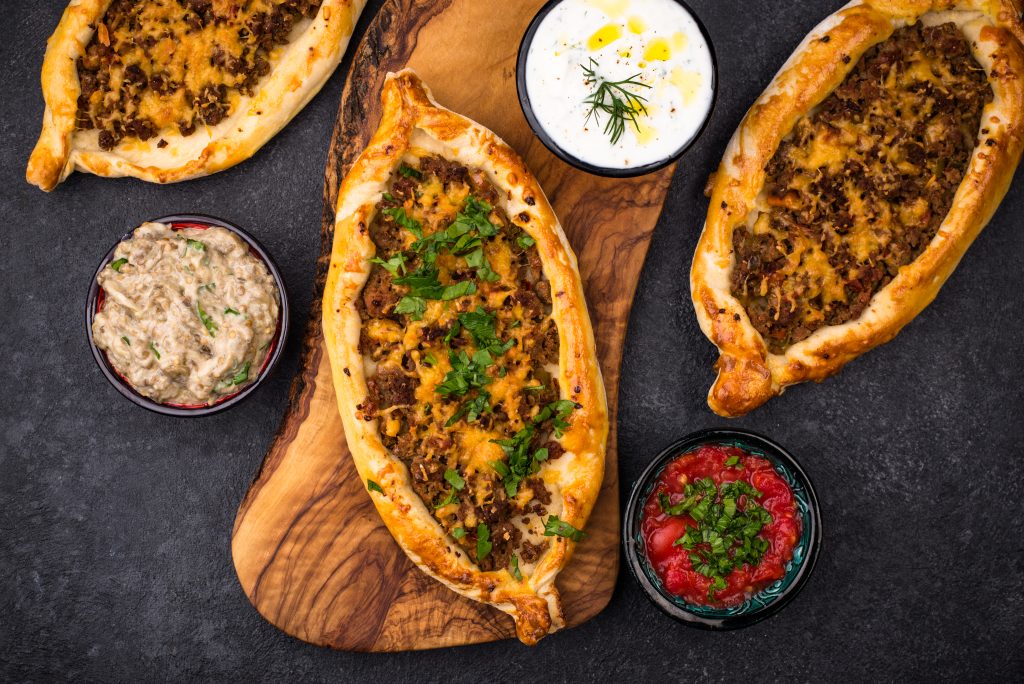
Pide, often called “Turkish pizza” is another staple. With a long, canoe-like shape and toppings like cheese, minced meat, or spinach and egg, it’s both comforting and versatile. Then there’s manti, tiny dumplings filled with spiced meat and topped with yogurt and a drizzle of melted butter infused with paprika. It’s a dish that requires care and patience—usually made in large batches by families during special gatherings.
And of course, baklava. With its paper-thin layers of phyllo dough, crushed pistachios, and sweet syrup, this dessert isn’t just a treat—it’s a symbol of celebration. For those seeking something warm and gooey, künefe, made with shredded pastry and melted cheese, offers a unique blend of sweet and savory.

Whether savory or sweet, Turkish dishes are rarely rushed. They’re built on time-honored techniques and designed to be enjoyed slowly, surrounded by people.
Ready to dive in? Here’s how to order like a local and get the most out of your experience.
What makes Turkish food instantly recognizable isn’t just how it’s cooked—but what it’s made of. The secret lies in a carefully balanced palette of spices and ingredients that enhance flavor without overwhelming it. Turkish cuisine doesn’t chase heat or shock; it builds comfort, aroma, and depth.
At the heart of many dishes is sumac, a crimson spice with a lemony tang used to brighten salads, meats, and even onions. Then there’s Aleppo pepper (pul biber)—mild, smoky, and slightly sweet, it’s often sprinkled on top of yogurt, eggs, or kebabs like a finishing touch of warmth.
Dried mint is another cornerstone. Found in soups, stews, and dips like cacık (yogurt with cucumber and mint), it cools and refreshes. Meanwhile, thyme, oregano, and cumin are used in marinades and meatballs to create the earthy backbone of many Turkish dishes.
But it’s not just spices. Turkish cooking leans heavily on fresh vegetables, olive oil, legumes, and lamb. One of the most versatile ingredients is eggplant—grilled, stuffed, or puréed. Often called “the meat of the poor,” eggplant plays a starring role in dishes like imam bayıldı and karnıyarık.
And then there’s yogurt—perhaps the most defining element of Turkish cuisine. Used as a sauce, side, or drink (ayran), yogurt offers both flavor and function: it cools the palate, aids digestion, and brings creaminess without heaviness.
These ingredients don’t work in isolation. They’re blended, layered, and built with care, resulting in food that feels both simple and deeply satisfying—food that speaks the language of the land.
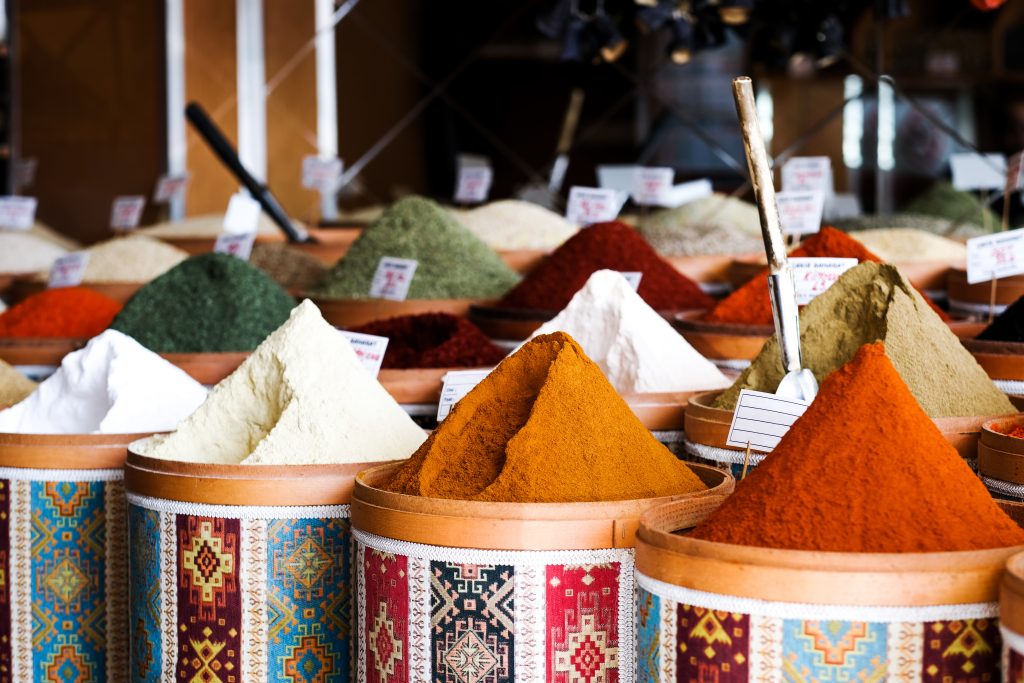
Want to bring the soul of Turkish cuisine into your own kitchen? Start with these essentials:
Pro tip: These ingredients are available at most Middle Eastern or Turkish grocery stores across Canada—or online if you want to start small!
In Turkey, a meal is never just about eating—it’s about gathering, sharing, and connecting. The table is where family bonds are strengthened, friendships are deepened, and traditions are passed down with each serving.
One of the most cherished customs is the Turkish breakfast, or kahvaltı. It’s not a quick bite—it’s a laid-back, often hours-long ritual filled with small plates: olives, cheeses, tomatoes, cucumbers, jams, honey, eggs, fresh bread, and of course, endless glasses of strong black tea. On weekends, families and friends gather for this generous spread, taking their time and savoring both food and conversation.
Hospitality, or misafirperverlik, is sacred in Turkish culture. Guests are treated with warmth and generosity, and refusing food is almost unthinkable. A surprise visitor will be welcomed with a freshly brewed pot of tea and something sweet or savory. This generosity reaches its peak during holidays like Eid, where tables are laden with food for family, friends, and neighbors to share.
Meals often begin with meze and end with dessert or fruit, followed by Turkish coffee—served in small cups, thick and rich. This final step is sometimes accompanied by a playful fortune-telling ritual using the coffee grounds.
Whether it’s a bustling city dinner or a countryside picnic, the unspoken rule is always the same: no one eats alone if there’s a table to share.
Imagine waking up on a Sunday morning to the smell of freshly baked simit (Turkish sesame bread rings) and the sound of clinking tea glasses. In Turkish culture, this is more than just breakfast; it’s an expression of care, tradition, and love, born in the heart of the home: the kitchen.
Mothers and grandmothers are often the guardians of these traditions, leading kitchens where recipes are passed down by memory, not measurement. Whether it’s stuffing grape leaves or balancing the yogurt for mantı, these secrets are shared from one generation to the next, usually during long hours spent cooking side by side.
Children grow up participating—rolling dough, shaping köfte, setting the table. These simple acts aren’t chores; they’re lessons in identity and belonging.
Even in modern urban settings, family meals remain central. And when relatives visit, it’s an occasion guided by a belief in bereket—the blessed abundance that comes from sharing. This means multiple courses, slow conversation, and plenty of laughter.
In the Turkish family, food is never just about what’s served. It’s about who’s there to share it.
You don’t need to fly to Istanbul to experience the warmth of Turkish hospitality. Across cities like Toronto, Montreal, Vancouver, and beyond, Turkish restaurants are bringing the flavors—and the spirit—of Turkey to Canadian communities.
From cozy family-run spots to modern eateries, these restaurants offer more than just food—they offer a sense of place. Walk in, and you’ll likely be greeted with a smile, seated at a table set for sharing, and offered a glass of tea.
Menus typically include the classics: kebabs, lahmacun, meze platters, and pide. Many places also feature daily specials, often reflecting homemade recipes passed down from the owner’s family. What truly sets these restaurants apart is their attention to the experience—slow, generous, and unhurried.
For Turkish immigrants, these places are a link to home. For Canadians, they offer a delicious introduction to a cuisine—and a culture—built on flavor, generosity, and community. Whether you’re craving baklava with strong Turkish coffee, or just looking for a comforting meal, you’ll find that Turkish restaurants across Canada aren’t just serving food—they’re sharing a way of life.
Ready to experience this hospitality firsthand? We’ve curated a guide to some of the best and most authentic Turkish restaurants across Canada to help you get started.